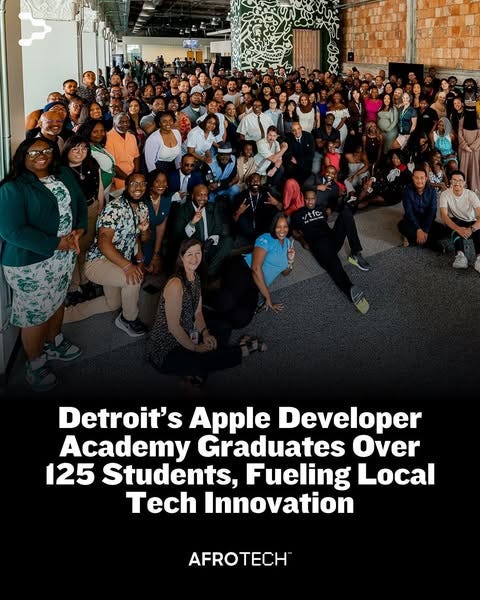New Xbox game brings looted artifacts back to Africa ... virtually - DINT 159
The game, Relooted, has a Mission Impossible vibe but instead of Tom Cruise, an African woman leads a team in repatriating the continent's looted treasures by France, the U.S. and England.
Video game designers have just announce the pre-release of a game that gamifies the return of looted African art from European and American countries.
During colonial times, say academic researchers, Britain, Belgium, the United States, and France stole thousands of pieces of art from the African continent. When confronted with the issue, only France and the U.S. have made progress in returning the looted artifacts.
The colonial era witnessed a significant plundering of cultural artifacts from Africa, leading to their dispersal across museums, private collections, and institutions worldwide. As awareness grows regarding the historical and cultural significance of these artworks, there has been an increasing global recognition of the importance of repatriating them to their countries of origin. (Source: African Art Heritage: Repatriation Strategies, its Challenges, Impact on Cultural Preservation and Best Practices)
Belgium refuses to return any looted African art but instead they've created a museum housing solely the stolen treasures.
The developers at Nyamakop, a South Africa-based game studio, decided to shine a spotlight on this problem by creating Relooted. It's an Xbox game featuring a team of Africans determined to repatriate stolen art to Africa. The game has a Mission Impossible theme with a key difference. Instead of Tom Cruise, the Relooted team is led by an African woman.
Many of the artifacts in the game are real. Creators note a drum used by Kenyans to call people to events as a stolen artifact currently residing in the British Museum.
“This is the most spiritually important artifact to them,” Relooted creative director Ben Myers said to Epic Games. “They thought it was destroyed. It turns out that it’s been in the British Museum storage for the last 100 years. The first Kenyan people to see it in the last 100 years were in the 2010s. It was taken in 1870.
“The person who saw the drum was a descendant of the king it was taken from originally. So these aren't artifacts that were just found in the dust and excavated by archaeologists. These were still active cultures.”
Countries retaining the stolen art say African's don't know how to display their own art so to preserve the items they should remain in the country of the thieves who took said artifacts.
Amber Ruffin gives a solid roundup of the issue here:
Here's Trevor Noah's take:
This game is in pre-release but Xbox users can wishlist Relooted in the Epic Games Store.
More News at the Intersection of Tech Race and Gender
New Competition Invites Young Women To Teach AI What Black Beauty Looks Like
Black Girls Code and haircare brand The Doux have partnered to launch a competition for girls and young women to use AI to create original videos that reflect their self-perception. The Black Beauty AI Challenge is the first of its kind, and competition entries will help shape how AI understands the nuances of Black identity. (Read full article on POCIT)
DINT’s Take
This competition provides much-needed representation in AI models for Black and Brown women. In the rush to ship innovations, tech firms ignored a diversity of views around development. Here’s a shortlist of the most recent missteps:
America's largest power grid is struggling to meet demand from AI
HARRISBURG, Pennsylvania July 9 (Reuters) - America's largest power grid is under strain as data centers and AI chatbots consume power faster than new plants can be built.
Electricity bills are projected to surge by more than 20% this summer in some parts of PJM Interconnection's territory, which covers 13 states - from Illinois to Tennessee, Virginia to New Jersey - serving 67 million customers in a region with the most data centers in the world.
DINT’s Take
There aren’t enough power plants to fuel the growth in AI. An example would be supermarkets in a neighborhood where the population is growing but old supermarkets aren’t being updated and new ones aren’t being built.
Large power plants, with enough energy to power 46 million homes) are ageing out of the power system (Up to 58 GW faces retirement in PJM by 2030 without replacement capacity in sight: market monitor)
Residential and data center energy consumers in some parts of Pennsylvania, Tennessee, Virginia, and New Jersey face a 20% increase in energy costs this summer. (PJM capacity prices hit record highs, sending build signal to generators - Utility Dive)
This shortage of power plants means there’s less electricity available, making demand outstrip supply. Energy providers can then increase costs, which is what’s happening right now. It’s a problem exacerbated by the explosion of growth in data centers that power our ever-increasing obsession with chatbots like ChatGPT, LLaMa, and Claude.









Great concept, thank you